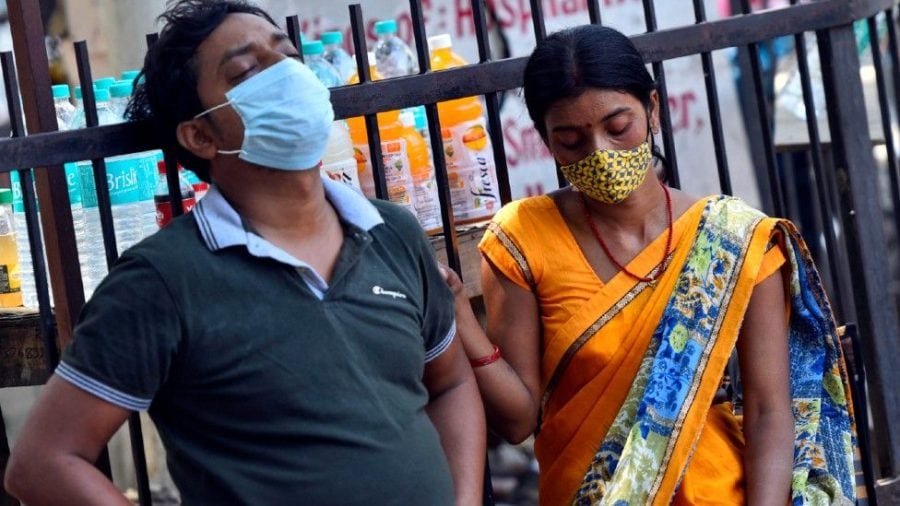In the wake of a deadly second wave, India has purchased 300 million doses of an unapproved coronavirus vaccine.
According to the federal government, the undisclosed vaccine from Indian business Biological E is in Phase 3 testing after showing “promising results” in the first two rounds.
The $206 million contract is India’s first for a jab that has not been approved for emergency use.
This comes as the nation tries to accelerate its sluggish vaccine program.
India has given out slightly over 220 million vaccines so far, despite the fact that the vaccine is now available to a large portion of the country’s 1.4 billion people. Because of chronic scarcity of supplies, only around 10% of the country has got at least one dosage of the vaccine.
Despite the fact that the number of Covid cases has decreased, India continues to add more than 100,000 new cases per day. So far, the virus has claimed the lives of about 340,000 people, but scientists believe this figure is substantially underestimated.
The Indian federal government, headed by Prime Minister Narendra Modi, has been chastised for failing to place large orders with either Indian or international vaccine manufacturers ahead of time.
Covishield, made by the Serum Institute of India (SII), Covaxin, created by Indian business Bharat Biotech and the government’s Indian Council of Medical Research, and Sputnik V, created by Moscow’s Gamaleya Institute, are the three vaccines now used in India.
Between January and May, India received around 350 million doses from both Covishield and Covaxin, compared to a single order of 300 million doses from Biological E.
Covaxin was given emergency permission by India’s pharma agency in January before clinical studies were finished; data on its effectiveness has yet to be revealed.
According to the government, the new Biological E vaccination will be accessible “in the next months.”
As Covid numbers decline, Mr. Modi’s administration is scrambling to replenish vaccination stockpiles, expecting to be well-prepared for what experts predict would be an unavoidable third wave.
Immunization reluctance crept in as instances declined, slowing India’s vaccine program, which had gotten off to a promising start in January. However, in a terrible second wave, the number of people killed increased dramatically, with hospitals running out of beds and crematoriums running out of space.
The government opened the drive to anybody above the age of 18 in May in an attempt to stop the flow, but India’s two vaccine manufacturers, Serum Institute and Bharat Biotech were unable to guarantee supplies at that size.
However, shortages remain, resulting in significant access disparities, with rural regions, the poor, and women falling behind in the queue for vaccinations.










